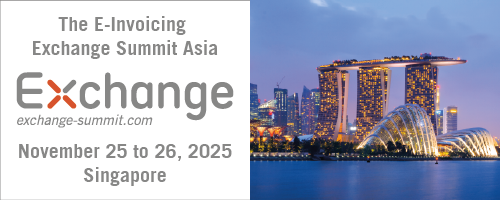VAT is applied on the taxable amount, which includes the cost of goods or services and profit margin. Reimbursements are incidental expenses to the main supply and should be included in the taxable amount. The supplier can add mark-up on these expenses and claim VAT as input tax. Examples include travelling expenses, meals, packing charges, insurance, and delivery charges. Disbursements are expenses paid by the supplier on behalf of the customer and should be excluded from the taxable amount. VAT incurred on disbursements is claimable as input tax by the customer. It’s important to distinguish between disbursements and reimbursements to avoid penalties during VAT audits.
Source Vineet Sampat
Latest Posts in "World"
- Country Profiles on E-Invoicing, E-Reporting, E-Transport, SAF-T Mandates, and ViDA Initiatives
- VAT & Sales Tax Updates: November 2025
- Do you save your confirmation code after validating your VAT number?
- November 2025 Tax Headlines: Global VAT News
- Worldwide Upcoming E-Invoicing mandates, implementations and changes – Chronological















